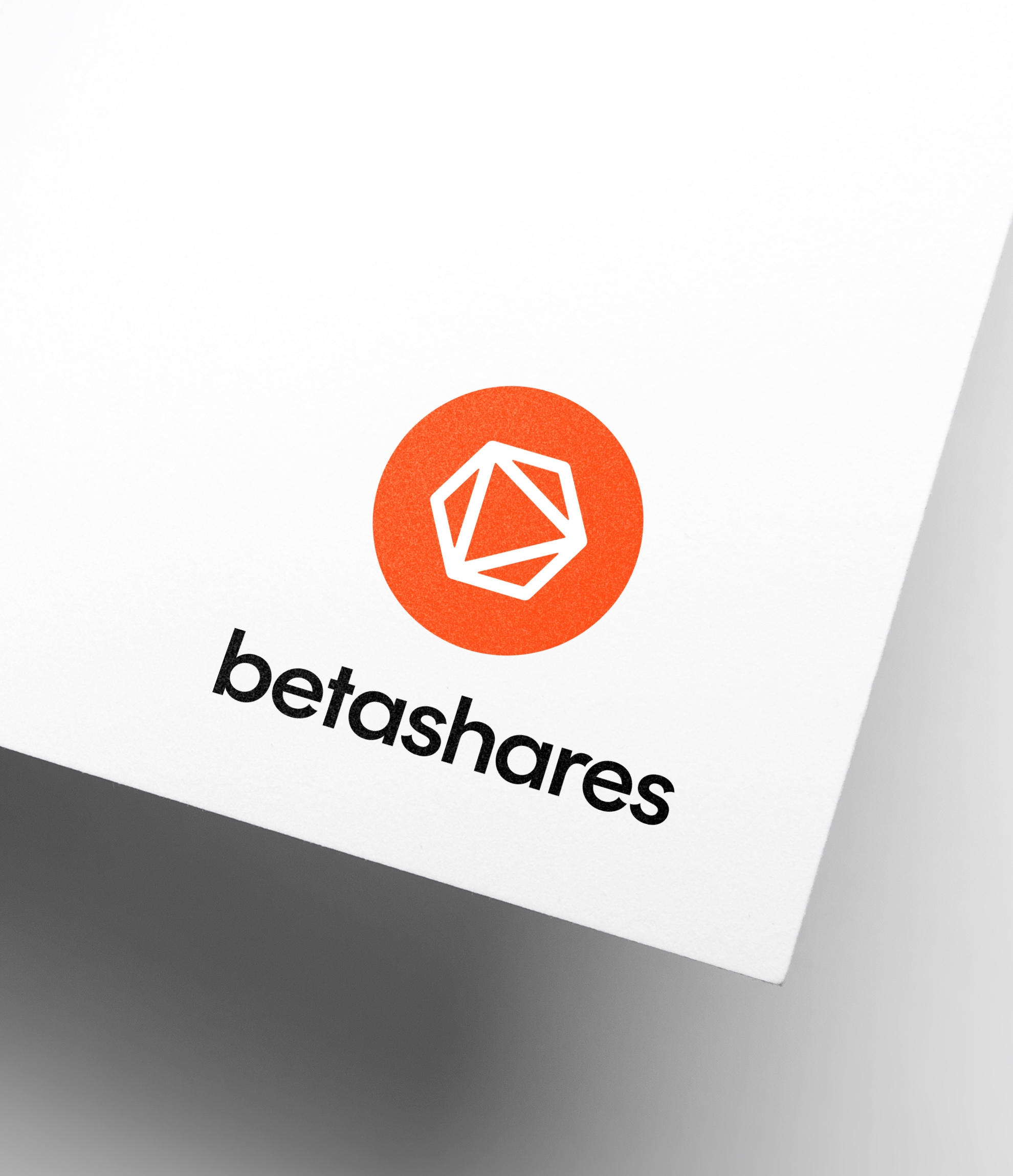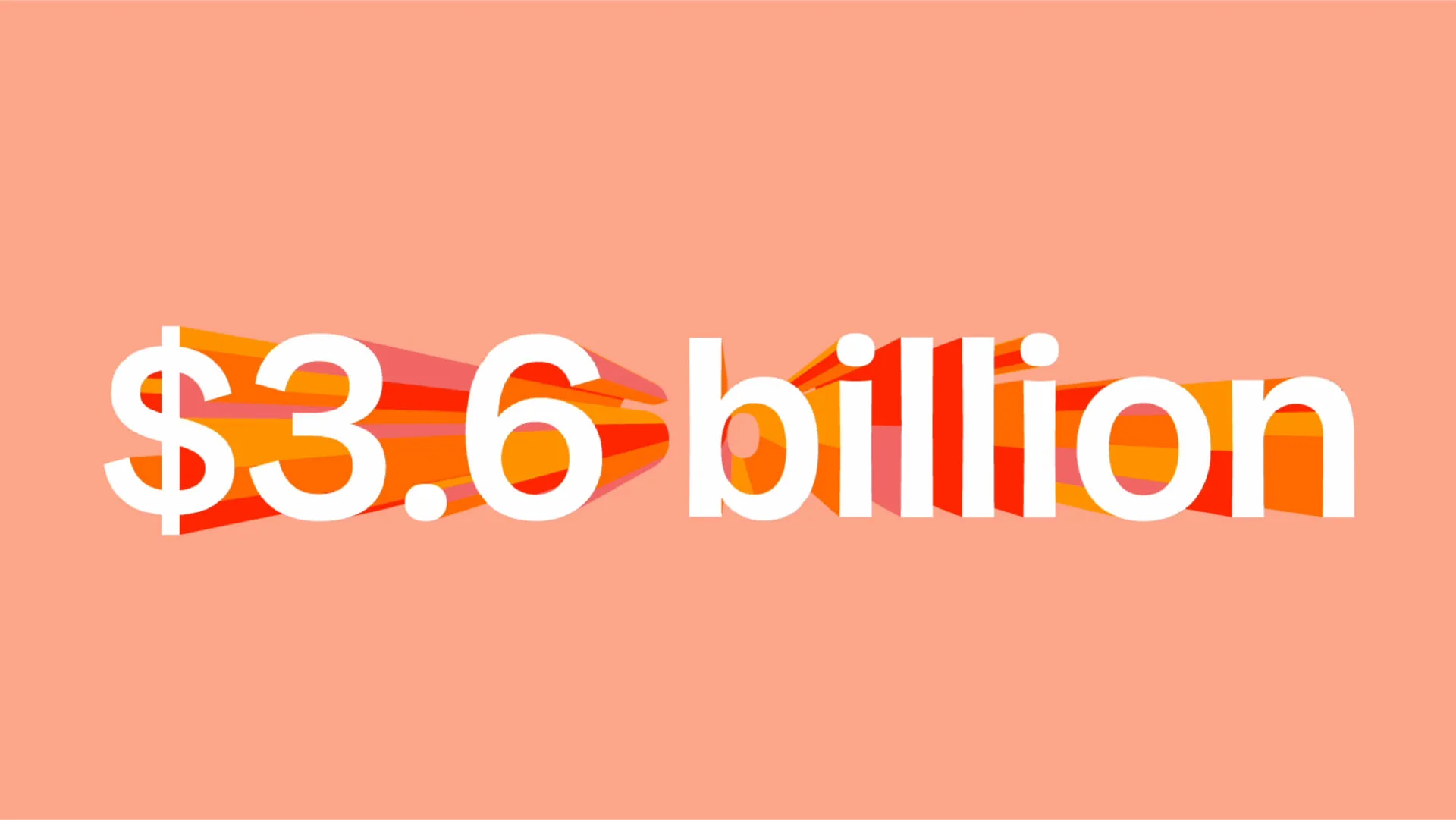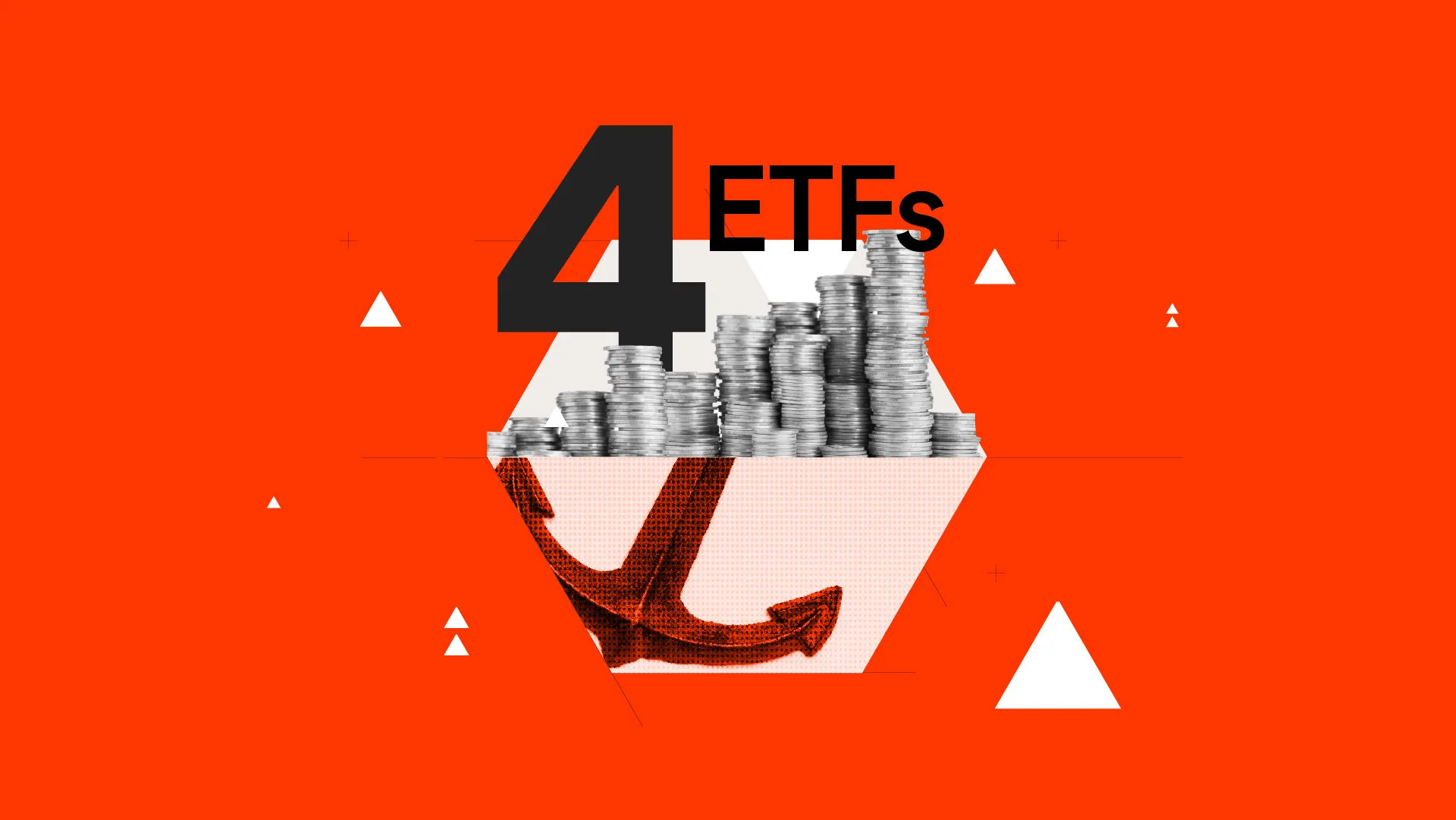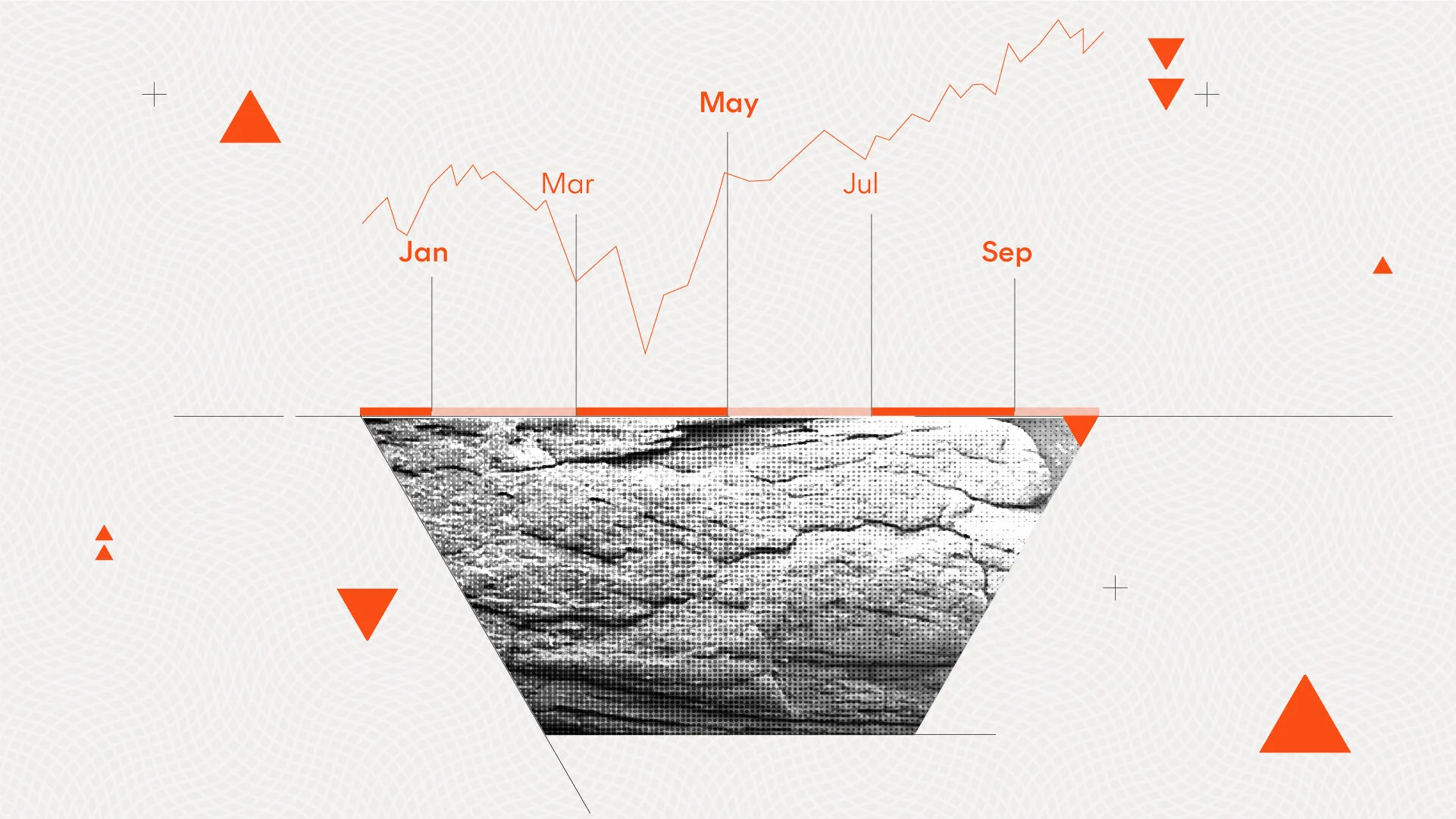The strategy that has generated $3.6 billion in returns over 10 years
12 minutes reading time
Financial adviser use only. Not for distribution to retail clients.
Welcome to Betashares Best & Worst for May 2024, bringing you insights into our top and bottom performing funds for the month, as well as a spotlight on some funds with interesting recent performance stories.
A late rally helped an already solid May for equity markets, with the S&P 500 closing out its best monthly gain since February. With all eyes still on every inflation-related print, an only small increase in US core personal consumption expenditures was treated positively by investors, who had been spooked by April’s hot inflation data that had not only dashed first half rate cut hopes but introduced fears of a rate rise before the end of 2024. Other major global markets fared similarly, with the FTSE 100, Euro STOXX 50 and TOPIX all returning 1-3% for the month.
On a sector level performance was mixed, as investors rotated between sectors looking for returns after months of technology stocks driving gains1. Cryptocurrencies and precious metals added to their already strong 2024 performance, while clean energy stocks , especially solar, saw a strong turnaround. The US dollar pulled back, ending the month down 2.78% against the Australian dollar and leading to the outperformance of Betashares’ currency hedged funds such as HNDQ Nasdaq 100 Currency Hedged ETF against their unhedged counterparts.
As performance broadens out away from just technology, investors look for ways to diversify their portfolios while remaining in equities. One area they’ll often turn to are commodities, which have benefitted this year from various geopolitical events together with their utility as an inflation hedge. For the spotlight section this month we’ll look at three Betashares funds that provide commodities related exposure and can offer investors equity diversification benefits and a possible hedge against inflation.
| Spotlight Funds (%) | 1 Month | 3 Month | 6 Month | 1 Year | 3 Year (p.a.) | 5 Year (p.a.) | Since Inception** | Inception Date |
| QAU | 1.03 | 14.76 | 13.86 | 16.94 | 4.56 | 9.91 | 2.66 | 5/05/2011 |
| ROYL | 2.61 | 9.61 | 8.87 | 10.45 | 12.39 | 9/09/2022 | ||
| FOOD | -0.75 | 4.17 | 5.72 | 6.70 | -0.07 | 7.10 | 6.18 | 2/08/2016 |
| Benchmarks | ||||||||
| ASX 200 | 0.92 | 1.15 | 10.65 | 12.91 | 6.78 | 7.80 | – | – |
| S&P 500 | 2.52 | 1.61 | 15.71 | 24.77 | 15.16 | 16.79 | – | – |
| MSCI World | 2.10 | 1.68 | 14.56 | 22.16 | 12.77 | 14.28 | – | – |
| AusBond Comp | 0.39 | -0.50 | 2.08 | 0.87 | -6.14 | -2.51 | – | – |
Source: Morningstar, Bloomberg. As at 31 May 2024. Past performance is not an indicator of future performance of any index or fund. All performance figures quoted in AU
Spotlight:
- QAU Gold Bullion Currency Hedged ETF : Gold has been a somewhat unexpected outperformer this year, with common economic wisdom theorising the metal should become less valuable in a high interest rate environment as investors turn towards income producing assets. On the other hand, gold has a long history of being used as an inflation hedge as well as protection against general economic uncertainty. This last point is thought to broadly explain why the asset has been so successful since the start of the year, enjoying steady gains to end May at a new monthly all time high of USD$2,327/oz. Geopolitical tensions and economic uncertainty have led a global trend of de-dollarisation, with some countries diversifying their currency reserves away from US dollars into gold and other alternate currencies. The most striking example of this has been China, who have increased the share of gold in their currency reserves from 3.2% to 4.6%, including a reported 60,000 troy ounces added in April. As well, the Chinese retail market has been another driver of demand, with demand for jewellery and gold bars rising 10% and 28% respectively in 2023, as a housing crisis and stock market downturn lead consumers to search for alternate assets in which to store their wealth2.
- ROYL Global Royalties ETF : Royalties are arguably an underrated investment theme, with ROYL being the world’s first ETF to offer exposure to a portfolio of global royalty companies from a variety of industries and sectors including gold, oil and gas companies, as well as movies, music, pharmaceuticals and biotechnology. What these companies all have in common in that they derive the majority of their revenue from royalties generated from licensing out their claim over physical assets (such as gold or gas fields) or intellectual property (such as a music catalogue or pharmaceutical trademarks). These royalties are generally based on gross revenue generated, meaning these companies are less exposed to rising interest rates than the capital intensive industries such as mining to which they charge their royalties. In fact, they have the potential to benefit from inflation increasing the prices of everything from oil to medicine, without being exposed to the increased costs of production. These unique characteristics make ROYL a compelling diversification exposure, with the fund’s index displaying a weekly adjusted beta of 0.61 against the MSCI World Index over the 12 months up to 31/05/24 in AUD3.
- FOOD Global Agriculture Companies Currency Hedged ETF : Agriculture is another investment that has traditionally been seen as an inflation hedge. Many agricultural commodities, particularly foodstuffs, constitute a significant portion of the basket of goods used to calculate the Consumer Price Index, the most commonly used gauge of inflation4. The sector also contains a useful value tilt, with a forward P/E of 13.22 compared to 18.2 for the MSCI World as at the end of May5. The companies in FOOD also cover a diverse range of industries across the supply chain, from food production to farm machinery and fertilizer production, as well as trading companies and distributors. The largest contributor to the fund’s YTD performance is Marubeni Corp (+28.64%), a Japanese sōgō shōsha or general trading company which, among many other business lines farms beef in Australia for export back to Japan6. US agricultural chemical and seed company Corteva Inc (+20.1%) was the second largest contributor YTD, jumping early in the year after upgrading its expected 2024 earnings thanks to forecast increased demand from farmers through to 20267.
| Best* (%) | 1 Month | 3 Month | 6 Month | 1 Year | 3 Year (p.a.) | 5 Year (p.a.) | Since Inception** | Fund Inception Date |
| TANN | 11.59 | 4.49 | 1.28 | -29.73 | -15.31 | 8/06/2022 | ||
| CRYP | 10.81 | -1.77 | 45.04 | 69.89 | -27.04 | 2/11/2021 | ||
| URNM | 9.25 | 13.95 | 20.00 | 89.43 | 31.52 | 8/06/2022 | ||
| MNRS | 6.23 | 34.61 | 14.54 | 10.07 | -2.59 | 12.64 | 3.22 | 27/07/2016 |
| HNDQ | 6.12 | 2.35 | 15.39 | 27.42 | 8.21 | 13.00 | 20/07/2020 |
Source: Morningstar, Bloomberg. As at 31 May 2024. Past performance is not an indicator of future performance of any index or fund. All performance figures quoted in AUD.
Best:
- TANN Solar ETF : Solar stocks enjoyed a much-needed turnaround in May, with TANN posting its best monthly performance since December 2023. The standout was US solar manufacturer First Solar, which gained a remarkable 50.51% to become the best performer in the S&P 500 for the month8. The catalyst was a UBS report that upgraded their price target to $270 from $252, stating that there is a direct connection between solar power and AI. The analysts concluded that the enormous amount of power needed to sustain the data centres that will support artificial intelligence, combined with big tech’s ‘100% Renewable’ sustainability policies would lead to significant demand growth as the use of AI proliferates9. Solar energy tracker company Nexttracker Inc (+25.89%) was the second largest contributor after topping estimates for its quarterly earnings10, closely followed by Hannon Armstrong Sustainable Infrastructure Inc (+29.96%), which announced it would join private equity firm KKR & Co to invest USD$2bn in sustainable infrastructure projects over the next 18 months. The firm targets projects that are at least carbon neutral or have another tangible environmental benefit11.
- CRYP Crypto Innovators ETF : The cryptocurrency market had another strong month in May off the back of further positive regulatory news. In what was considered a surprise move, the SEC approved the sale of spot Ethereum (ETH) ETFs. ETH is the second largest cryptocurrency behind bitcoin with a design specialising in allowing decentralised software such as smart contracts, rather than having the main focus of facilitating decentralised payments like bitcoin12. The approval was seen as unlikely beforehand due to the SEC’s seeming lack of interest in the cryptocurrency in the lead up to a May 23 deadline, however as reports began to circulate that approval was likely to be granted, ETH rose more than 20%. The rule change just allows the New York Stock Exchange, Nasdaq Exchange and CBOE BZX Exchange to list ETH ETFs, so each ETF issuer will still need to seek SEC approval before they can launch their own fund, which could take weeks or months. Another impact of the decision comes from the definition of cryptocurrency based ETFs as “commodity-based trust shares”, implying that cryptocurrencies may be treated as commodities rather than securities in the future. The regulatory impact of this could be significant, possibly limiting the SEC’s role in the industry and passing more responsibility to the US Commodity Futures Trading Commission13. Microstrategy was the largest contributor after gaining 39.76%, followed by Marathon Digital Holdings (+18.67%) and Galaxy Digital (+13.14%).
- URNM Global Uranium ETF : The uranium industry saw another strong month, as expectations of a supply squeeze continued. The major driver was the US Senate passing legislation, introduced in April, that would ban Russian uranium imports as part of the ongoing effort to curb revenues for the war in Ukraine. While the Department of Defence will be able to issue waivers if it is deemed that importing uranium from Russia is necessary for national defence, the worry is that Putin will abruptly cut off all imports to the US in retaliation, causing a sharp supply shock14. The bill also contains US$2.7bn in funding to develop the US’s own uranium industry. The CEO of Cameco Corp (+18.51%), which was the largest contributor to the fund’s performance for May, was in Washington during the month, meeting with lawmakers to discuss the Canadian firm’s future role to play in developing domestic mining and enriching capabilities15. Hong Kong-based CGN Mining Co was the second largest contributor after gaining 40.49%, followed by Kazakhstani mining giant NAC Kazatomprom (+6.50%), who reported that shipments to the US had been made for the first time through the territory of Azerbaijan16.
| Worst* (%) | 1 Month | 3 Month | 6 Month | 1 Year | 3 Year (p.a.) | 5 Year (p.a.) | Since Inception** | Fund Inception Date |
| CLDD | -5.50 | -13.19 | -6.39 | 2.50 | -3.95 | -5.44 | 22/02/2021 | |
| OOO | -5.30 | 1.11 | 4.54 | 21.99 | 13.72 | -7.23 | -12.14 | 11/11/2011 |
| HACK | -3.39 | -9.33 | 7.36 | 18.23 | 12.02 | 15.99 | 16.42 | 30/08/2016 |
| IPAY | -3.06 | -5.84 | 14.93 | 19.27 | -4.30 | 13/12/2021 | ||
| EMMG | -3.00 | -0.65 | 2.94 | -0.15 | -6.37 | 2.90 | 3.01 | 29/05/2019 |
Source: Morningstar, Bloomberg. As at 31 May 2024. Past performance is not an indicator of future performance of any index or fund. All performance figures quoted in AUD.
Worst:
- CLDD Cloud Computing ETF : It has been another difficult month for cloud computing, with CLDD recording its fourth consecutive month of negative returns since the surprise hot U.S. inflation print in February. This comes as businesses are looking to optimise budgets and consolidate vendors, resulting in some smaller cloud computing companies losing out on sales and falling short of the high expectations set last year. A number of disappointing earnings releases made May a particularly bad month – the biggest detractor was Fastly Inc, an American firm specialising in edge computing17 whose share price fell by nearly 40% over the course of the month. Fastly gave their first quarter trading update where they announced operating losses of $9.67 million18. Revenue forecasts for the year were cut by $25 million as a result, causing a 35% fall in the share price overnight. Fastly had seen “a reduction of revenue from a small number of their largest customers” according to CEO Todd Nightingale. Freshworks Inc was the second biggest detractor, once again with a large one-day fall after their Q1 earnings release. Despite sales and earnings that beat Q1 expectations, it was a weak forward-sales guidance that prompted downgrades from analysts, resulting in a 20% fall for the day19.
- OOO Crude Oil Index Currency Hedged Complex ETF : The fall in oil prices in May was largely attributable to a single day drop on the first of the month following news of a potential ceasefire between Israel and Hamas. OOO fell by 3.57% that day in response to the news – however, with no actual agreement over the terms of the ceasefire, oil prices held at this deflated level for the majority of May. More broadly, oil prices continued their downward April trend in early May, with lower than anticipated demand for this time of year leading to accumulating U.S. crude stocks, as well as Federal interest rate expectations staying firm through the month. The Fed have noted that “inflation has eased” but any delay in rate cuts could slow economic growth and further dampen demand for oil20.
- HACK Global Cybersecurity ETF : In a similar vein to CLDD, Cybersecurity companies have struggled over the past few months with businesses and customers looking to streamline spending, searching for all-in-one security providers. While the resilience of cybersecurity spending from existing customers has helped to prop the industry up above cloud computing, more limited opportunity to grow revenue in the current macro environment resulted in a return of -3.39% for the month. The companies suffering the most saw significant share price falls following earnings reports. Cloudflare was the largest detractor and had a similar story to the aforementioned cloud computing firm Freshworks, with relatively strong Q1 results but poor forecasted revenue, causing shares to fall 14.1% pre-market following the announcement21. One thing to note is that HACK returns were actually positive until a 3.75% fall in the final week of May, with the largest three index constituents – Crowdstrike, Broadcom and Palo Alto – down over 25% in the week, largely driven by pre-earnings nerves amongst these companies and/or their peers (Okta, Zscaler)22. They have since had strong rebounds from these falls, pointing to a significantly more promising June.
For trailing performance of all Betashares funds please see: Betashares Monthly Performance – May 2024
*Excludes short and geared funds.**Annualised for funds with more than 1 year’s performance history.^Note: CRYP does not invest in crypto assets directly, and does not track price movements of any crypto assets.
Sources:
1: Bloomberg
2: Kitco News
3: Betashares
4: Morningstar
5: Bloomberg
6: Nikkei Asia
7: Bloomberg
8: Barron’s
9: Investopedia
10: Investopedia
11: Renewables Now
12: Forbes Advisor
13: Forbes Advisor
14: Power Technology
15: Saskatoon Star Phoenix
16: Astana Times
17. Fastly
18. Proactive Investors
19. CX Today
20. Reuters
21. SiliconANGLE
22. MarketWatch
Betashares Capital Limited (ABN 78 139 566 868, AFSL 341181) (Betashares) is the issuer of the Betashares Funds. This information is general only, is not personal financial advice, and is not a recommendation to invest in any financial product or to adopt any particular investment strategy. You should make your own assessment of the suitability of this information. It does not take into account any person’s financial objectives, situation or needs. Past performance is not indicative of future performance. Investments in Betashares Funds are subject to investment risk and investors may not get back the full amount originally invested. No assurance is given that any of the companies mentioned above will remain in the relevant fund’s portfolio or will be profitable investments. Any person wishing to invest in a Betashares Fund should obtain a copy of the relevant Product Disclosure Statement and Target Market Determination from www.betashares.com.au and obtain financial and tax advice in light of their individual circumstances.
Future results are inherently uncertain. This information may include opinions, views, estimates and other forward-looking statements which are, by their very nature, subject to various risks and uncertainties. Actual events or results may differ materially, positively or negatively, from those reflected or contemplated in such forward-looking statements. To the extent permitted by law Betashares accepts no liability for any loss from reliance on this information.



